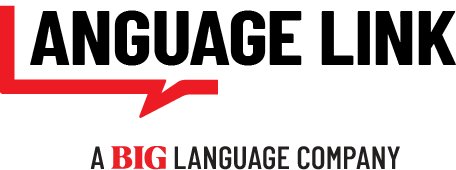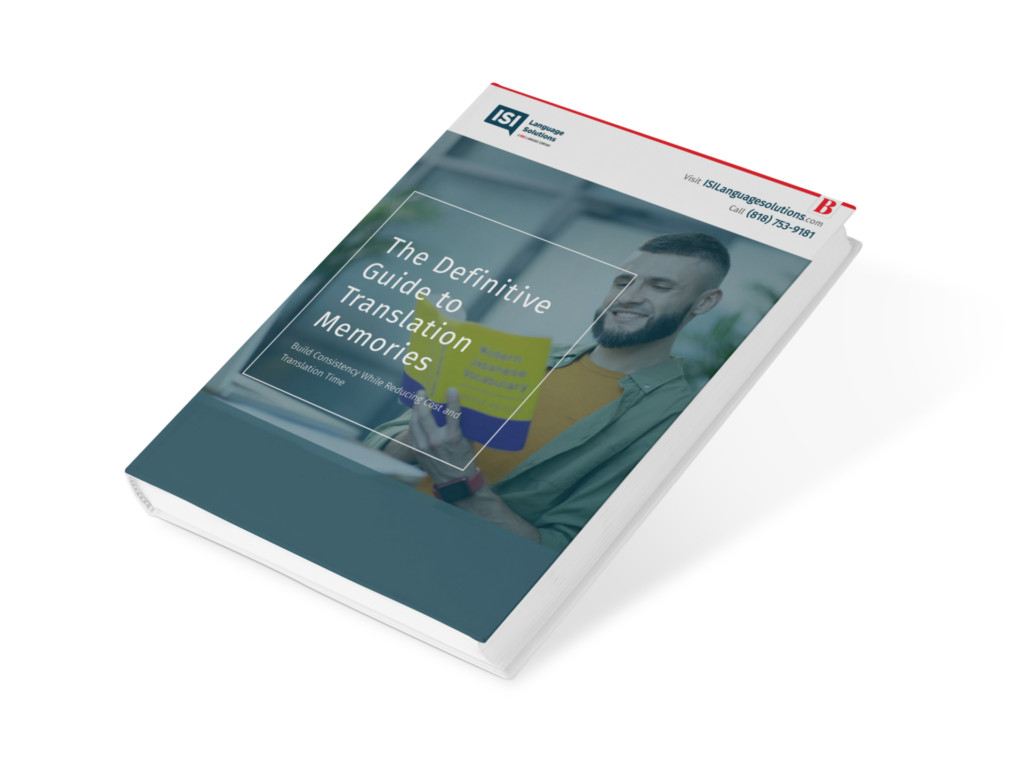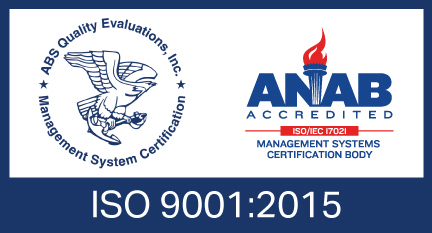
There is no better time to start translating your digital content into new languages. Whether you are a social media manager, blogger, digital marketer, video producer or maybe even a combination of all of the above, creating digital content in multiple languages is one of the best strategies around today to expand your audience and grow your brand. And with most content creators doing all of the upfront work of creating digital content in the original source language, this means language translation is a logical method to double, triple and quadruple your digital content.
Teaming up with a Language Service Company to Help you Translate Your Digital Content
Working with a Language Service Company (sometimes referred to as a Language Agency or Language Service Provider) is one of the easiest ways to start translating your digital content. Not only will you get access to a plethora of languages for translation, they’ll your vendor will have translators on-staff with experience in your industry. One of the major advantages of working with a Language Service Company is that they will ensure your digital content is not only translated but localized for each audience that you are targeting. This approach allows for all of the cultural nuances to be accounted for so your content speaks to your audience without any hiccups. If you are still sitting on the fence about translating your digital content, here are the top seven reasons why it’s time to translate your digital content today:
1. Translation Improves Consumer Confidence
Translating your digital content into new languages can improve the confidence customers have in your product and service offerings. A study published in the Harvard Business Review found that more than 70 percent of consumers require information in their own language before making a purchase.1 An additional study by Facebook found that Hispanics in the U.S. view brands that advertise in Spanish more positively.2 When translating your content into new languages, you’re tailoring your content to your customers’ unique cultural preferences. Simply put, this enables you to better communicate with your customers so that they have confidence in your offerings and that they are more likely to choose you when making a purchasing decision.
2. Translation Helps You Reach New Markets
Content providers are missing out when they don’t translate their content into new languages. Whether it’s translating a website, blog content, social media posts, press releases, subtitles for videos or so much more – each is an avenue to reach new customers. One of the most utilized methods to reach new markets is to expand beyond one’s own borders. Additionally, with translation, you can unlock hidden markets of language speakers within your own geographical area. Both are opportunities to engage with new audiences. If you are like most businesses today, then you can never have enough customers. Therefore, translation is a way to reach new markets of new customers.
3. Translation Improves Search Engine Optimization (SEO)
Chances are if you are a content creator you are probably already familiar with SEO. SEO, which stands for search engine optimization, is the process of optimizing digital content to get organic, or unpaid, traffic from a search engine results page. This is a very big priority for many digital content creators today. Over 61% of marketers say that improving their SEO (Search Engine Optimization) and growing their organic presence is their top inbound marketing priority.3 A language translation company can help you uncover new keywords in new languages within your digital content. This can improve your chances of improving your ranking across several languages with the major search engines.
4. The Data Suggests You Should be Translating your Digital Content
Today content providers have more data available to them than any time in history. From data rich social media dashboards to Google Analytics, each source offers insight to the languages and regions of the world your visitors, users and followers originate from. This data can indicate new languages you need to support in order to best meet your visitors’ needs and expectations. For example, if you are seeing a large number of visitors from Mexico City visiting your site and your website is not currently offered in Spanish and localized for Mexico City, then you are not fully capitalizing on your digital content efforts. Analyzing your data sources is a surefire method for gaining insight on what languages you need to have on offer with your digital content.
5. Digital Content Translation Increases Conversion Rate
Conversion rate refers to the amount of traffic, visitors or users that you convert to customers. A high conversion rate is indicative of having successful digital content. It means people want what you’re offering! There are strong ties between providing content in your customer’s mother language and the likelihood of those consumers making a purchase. One study published in the Harvard Business Review found that 72.4% of consumers said they would be more likely to buy a product with information in their own language.4 Additionally the study found that 72.1% of consumers spend most or all of their time on websites in their own language.5 It was also found that 56.2% of consumers said that the ability to obtain information in their own language is more important than price.6 By working with a language service company you can get your content tailored to different language audiences which can improve your conversion rate on multiple fronts.
6. Improve the Image of Your Brand by Translating your Digital Content
First impressions are the lifeblood of a brand. Audiences across the globe find brands through many different avenues. Whether it’s a website, social media presence, video content, published articles, eBooks, white papers – the list goes on and on. Brands that fully capitalize on multiple forms of digital content by providing language accessibility can really differentiate themselves from other competing brands. This is especially true if you are competing against other brands that don’t prioritize language accessibility. You’ll quickly make a name for your brand with the language groups you are targeting. Furthermore, your brand will gain recognition internationally, which improves people’s perceptions of your capabilities and their confidence in your offerings.
7. Translating Digital Content is Cost Effective
As a digital content creator you are already doing much of the upfront leg work involved in creating original digital content. So by the time you approach a language service company, their job will be to translate your existing content so that it’s tailored to new language speaking audiences. This is a cost-effective approach to getting more mileage out of your content efforts and budget. Because language translation is an investment, there are a number of ways to calculate its return. Some metrics you can look at include revenue generated from a marketing campaign, lead acquisition from the digital content provided in different languages, conversion of leads to customers, and customer satisfaction surveys, just to name a few. However you plan to measure the benefits of language translation, you should also think about what you stand to lose by not investing in professional translation.
References
1 Nataly Kelly, “72.4% of consumers said they would be more likely to buy a product with information in their own language,” last modified August 3, 2012, https://hbr.org/2012/08/speak-to-global-customers-in-t
2 “US Hispanics see brands that advertise in Spanish in a more positive light”, accessed August, 12 2019. Facebook Business. https://www.facebook.com/business/news/insights/gains-in-translation-what-your-language-choices-say-to-us-hispanics
3 “Over 61% of marketers say that improving their SEO and growing their organic presence is their top inbound marketing priority.”, accessed August 14, 2019. Hubspot. Retrieved from https://www.hubspot.com/marketing-statistics
4 Nataly Kelly, “72.4% of consumers said they would be more likely to buy a product with information in their own language.” last modified August 3, 2012, https://hbr.org/2012/08/speak-to-global-customers-in-tciting
5 Nataly Kelly, “72.1% of consumers spend most or all of their time on websites in their own language.” last modified August 3, 2012, https://hbr.org/2012/08/speak-to-global-customers-in-tciting
6 Nataly Kelly, “56.2% of consumers said that the ability to obtain information in their own language is more important than price”,last modified August 3, 2012, https://hbr.org/2012/08/speak-to-global-custo








